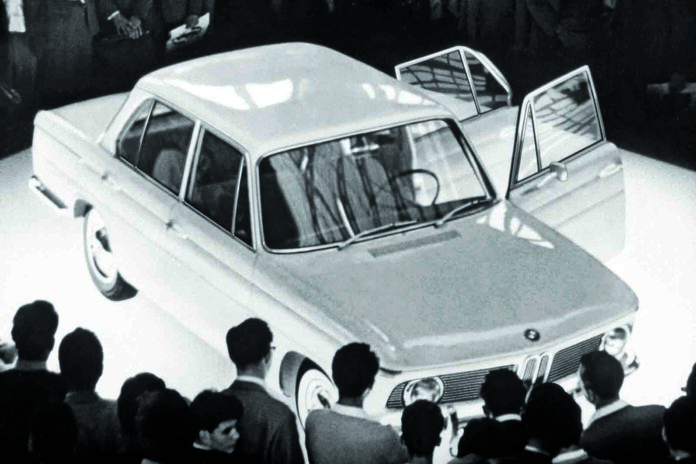Auto Union (the forerunner of today’s Audi) had no new model to show but created a lot of interest in a new Bosch-developed oiling system, which “eliminates the annoyance of pre-mixing it with the fuel” and let the ratio be cut from 1:40 to 1:100 and to be standard on most UK cars.
Ford of Cologne (then a distinct car maker) had “enjoyed a very big success” in its first year selling the Taunus 17M P3 family saloon, and at Frankfurt it introduced a higher-performance version, the TS, with an extra 60cc and separate front seats.
Its Rüsselsheim rival Opel countered with a coupé version of its own 1.7-litre offering, the year-old Rekord P2, “but it is not a very attractive car”, we stated, “the lines of the new roof conflicting with those of the main shell, which is the same as that of the four-door”.
The smaller German companies all had fresh wares to exhibit, too. NSU unleashed a major update on its Prinz miniature saloon: “The new body has enabled passenger accommodation to be increased significantly, and a great deal of work has gone into reducing the noise level of the rear-mounted, twin-cylinder, air-cooled engine.”
Porsche made several detail changes to its Beetle-based 356B sports car most prominently the standardisation of the race-inspired Carrera version’s twin intake grilles and added a new Carrera 2 model with a bigger, 2.0-litre engine.
And Glas sought to offset falling sales of its ultra-cheap, two-stroke Goggomobil with a new 1.0-litre four-cylinder coupé, the S-1004.
